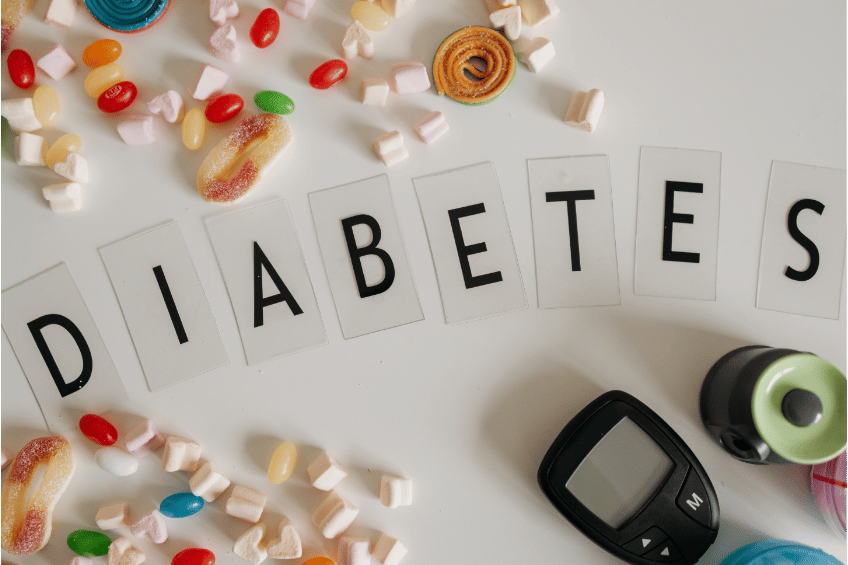What is diabetes?
Diabetes is a chronic condition that affects how the body uses glucose from the food we eat to create energy. It occurs when the cells of the body do not produce enough insulin or are insensitive to it. In certain types of diabetes, a combination of both is possible. This results in an increase of glucose levels in the blood, thereby having an impact on all organ systems.
There is every reason to consider diabetes as a major health concern and become more aware of it right now.
Why should I worry about diabetes?
Scientists have published data showing a rapid increase in the number of cases of this disease in recent years; so, the chances of developing diabetes now are higher than 20 years ago. In the past, diabetes usually developed in people within the age range of 45 to 65 years old, yet it is becoming increasingly common for people to develop diabetes in their 20s and 30s. Given that the symptoms pertaining to diabetes are asymptomatic, it is unsurprising that 50% of the people in the world with diabetic conditions are unaware of their diabetic diagnosis.
As it has already been mentioned above, diabetes is a long lasting disease. Leaving it untreated entails very serious complications, particularly an increased risk of cardiovascular problems such as high blood pressure, atherosclerosis (i.e., narrowing of arteries), heart attack and stroke. On top of that, according to the World Health Organization (WHO), diabetes and its complications remain one of the top 10 causes of death worldwide.
Fortunately, there are effective ways of controlling blood sugar levels and treating diabetes. The extent to which it is possible to manage it depends on the exact type of diabetes.

Types of diabetes
There are two main types of diabetes: type 1 and type 2. Type 1 is usually diagnosed in children and teenagers. It is considered to be caused by an autoimmune process. Immune cells of the body attack cells of the pancreas, which are responsible for the production of insulin, and destroy them. As a result, insulin can no longer be produced. Individuals with this type of diabetes have to take insulin every day in order to avoid coma.
Type 2 is the most common form of diabetes. In this case there will most likely be enough insulin in the bloodstream; however, cells of the body will have developed resistance to it. It usually occurs in middle-aged and older people. Insulin treatment is sometimes necessary.
